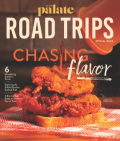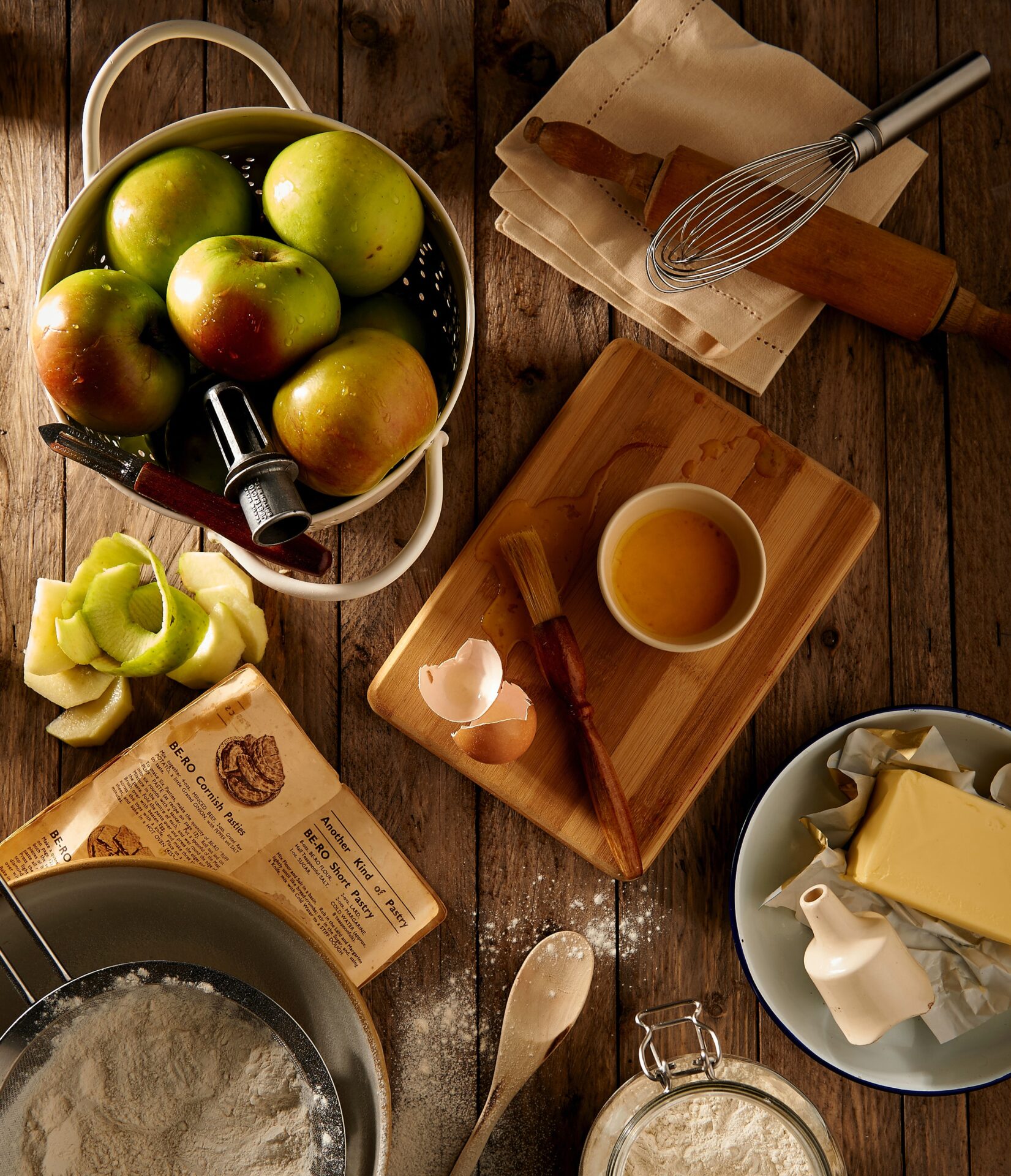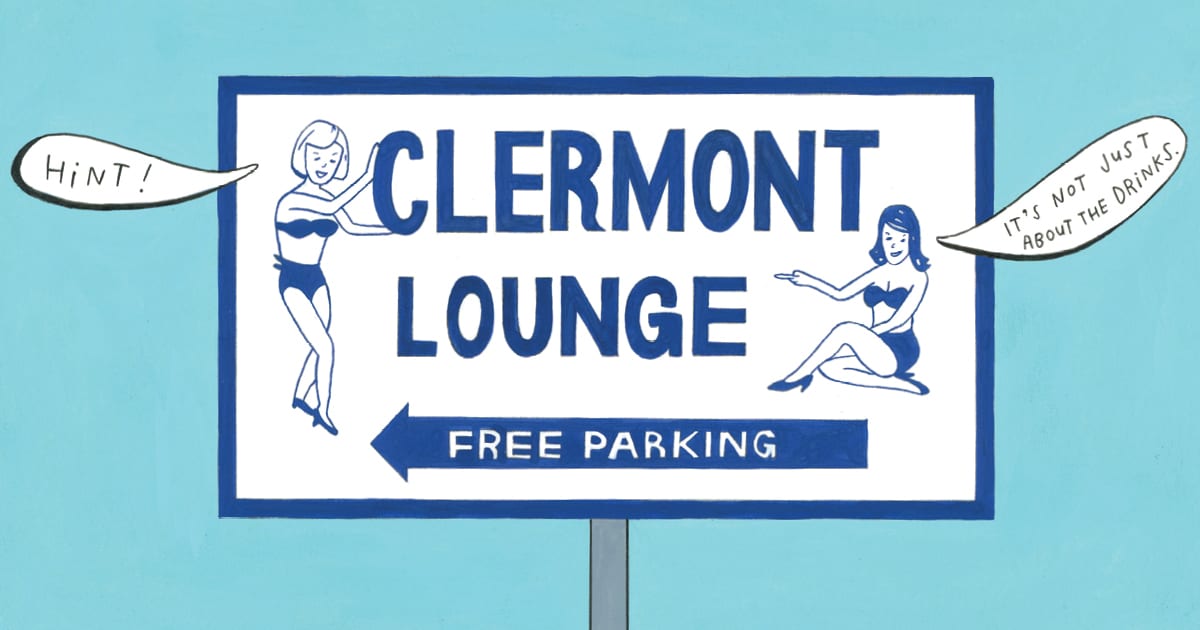Two chefs, a mixologist, and a writer walk into their favorite bars. We asked them what keeps them coming back.
(Hint: It’s not just about the drinks.)
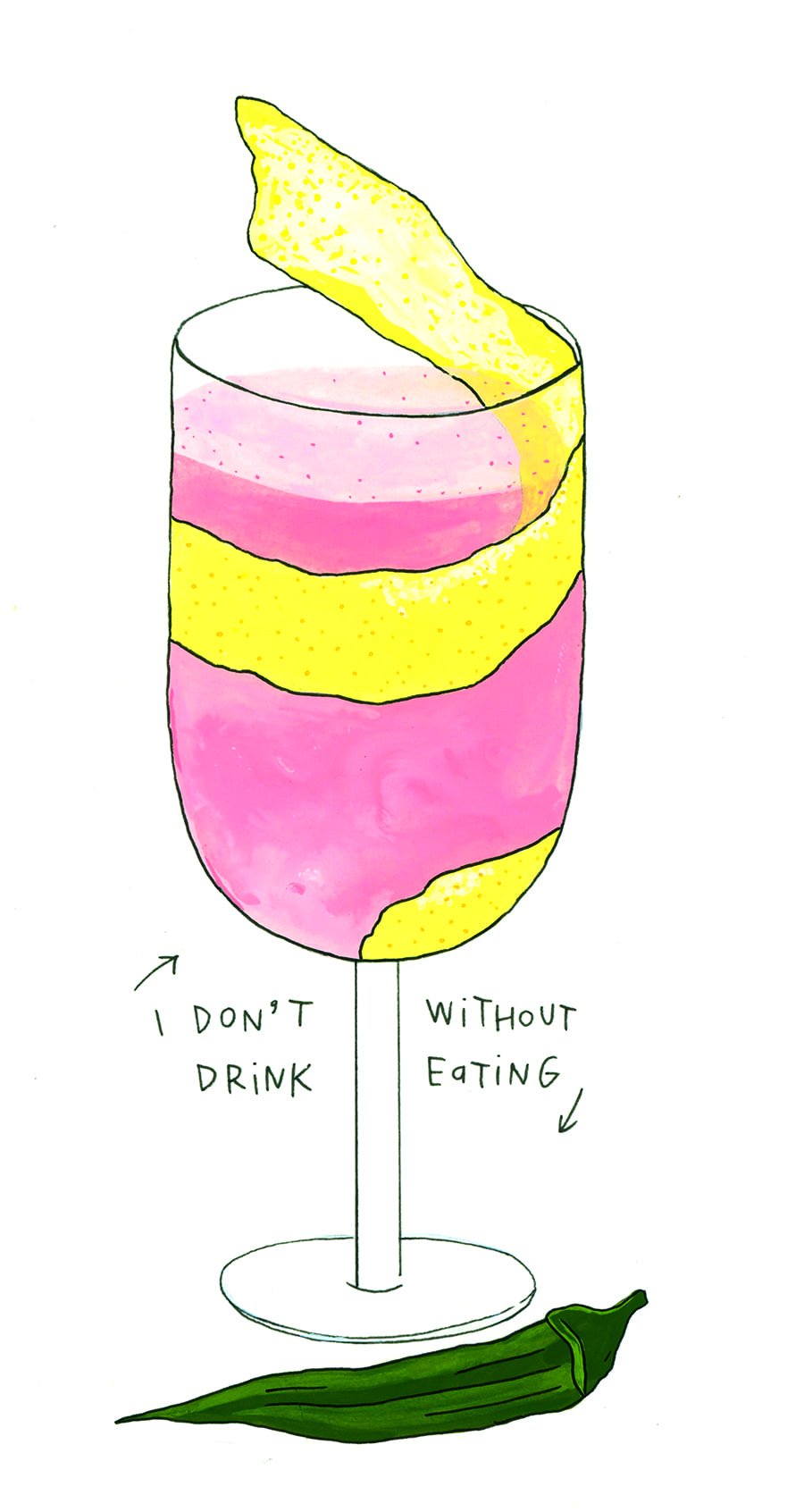
My Grown-Up Bar by Sara Camp Milam
I don’t drink without eating—why would you want to?—so it makes sense that my favorite bar is also my favorite restaurant. To sweeten the deal, it’s located barely half a mile from my front door. I’m talking about Snackbar in Oxford, Mississippi, where I’ve made my home since 2012.
You’re probably familiar with the phenomenon of the incongruously good strip-mall restaurant, a trope that’s commonplace in, but not limited to, the suburban South.
In Oxford, Snackbar is exhibit A.
It’s tucked in the north flank of the Midtown Shopping Center, a dog-leg strip mall anchored by a frozen-in-time Sears. From the outside, Snackbar has none of the charm of its sister restaurant and bar, City Grocery, less than a mile to the south on the Oxford Square. Inside, though, it’s a kind of home.
I go to Snackbar as often as I can, which is not as often as it used to be. (Motherhood does that; I wouldn’t have it any other way.) I go for the drinks, and for the food, and also for something else. When I try to put my finger on what that something else is, I realize it’s a sense of being known.
I’ve marked an outsized number of milestones, personal and professional, with drinks and dinners at Snackbar—Sancerre and oysters, old fashioneds and okra chaat, sazeracs and steak frites.
I moved to Oxford weeks after finishing graduate school, and I can say unequivocally that this is the place where I became an adult. I met the man who would become my husband. We dated, got engaged, married, became parents, and renovated a house.
Meanwhile, I work a job that I love with colleagues who are by turns friends and a kind of second family. Along the way, I’ve marked an outsized number of milestones, personal and professional, with drinks and dinners at Snackbar—Sancerre and oysters, old fashioneds and okra chaat, sazeracs and steak frites.
The evening Kirk and I met, we progressed from drinks at City Grocery to dinner at Snackbar. We went straight to Snackbar for our first real date, and for dozens of dates over the next year and a half.
On a rainy evening in January, he came home from work, knelt by the couch where I was sitting, and proposed.
“I was going to do it in the Snackbar parking lot,” he explained (did I mention that was the site of our first kiss?), “but I couldn’t wait.” So we went, of course, to celebrate.
I can’t remember what I ate or drank; I only recall sitting at one end of the long, communal bar table, gazing alternately at my new fiancé and my new ring.
Two January’s later, we chose Snackbar for our first date as new parents, five weeks after the birth of our daughter. This time, I remember what I ordered: a Pendennis Club cocktail and a duck croque monsieur.
We were out of the house for exactly fifty-five minutes. “My God!” said my mother when we came home. “You weren’t gone long enough to have dinner. Did you drive through McDonald’s?” No, we just knew exactly what we wanted.
I can name a dozen or so bartenders and servers, and two unfailingly gracious managers, who have served me over the years at Snackbar and made me feel special. Most importantly, they’ve made me feel like I belong.
These days, Ivy McLellan directs the bar program. An Oxford native in his early thirties, Ivy has an easy sense of humor and a gentle-giant sort of presence. He’s tall, and his boyish face makes him look at least half a decade younger than he is. But he’s serious about his work.
“Everyone wants to work hard here. Everyone cares,” he says of his colleagues. He tells me how he admires chef Vishwesh Bhatt’s “calm intensity.” In the two years since Ivy moved from Bouré (another Snackbar sibling, across the Square from City Grocery) to Snackbar, he’s earned a reputation for thoughtful, precisely crafted drinks that riff on the classic canon.
Of late, he says he’s been studying the Indian ingredients that inflect the chef ’s menu, finding ways to incorporate them into his cocktails.
It’s been a minute since I could pop in on a weekday evening, claim a seat under the Edison bulbs at the dimly lit main bar, and order myself a cocktail. Recently, I made arrangements to do just that. I bypassed the happy hour specials and asked for a Two If by Sea, one of the drinks Ivy developed for the spring menu.
Built on a base of mustard oil–washed dry gin, it’s shaken with tamarind syrup, cilantro, and lime, served up in a coupe. I prefer my drinks sour or bitter with minimal sweetness, and this one hit the mark—tart with herbal and savory notes. The mustard oil, Ivy explained, is one of those kitchen crossovers he was telling me about.
On a recent menu, it went into a hollandaise that topped a trout fillet. It wouldn’t have occurred to me to use it in a cocktail, but that’s why Ivy’s on his side of the bar and I’m on mine. The place is the same, but the tastes keep surprising me. I’ll be back as soon as I can.
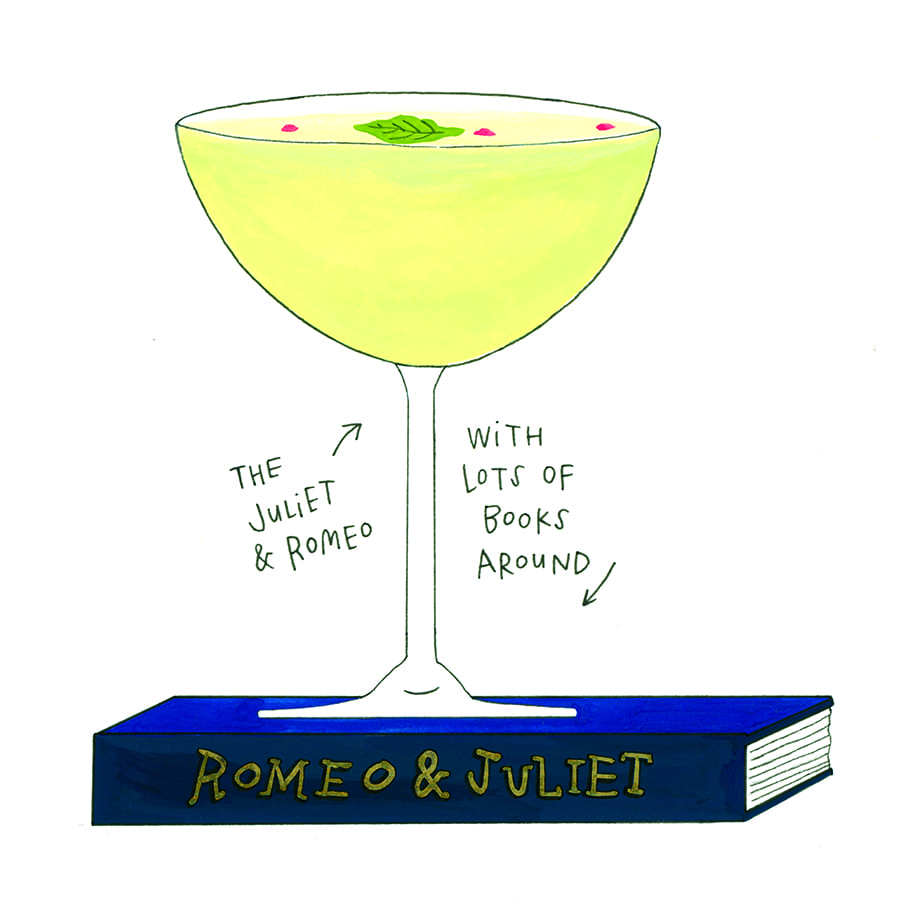
Bar Talk by Edward Lee and Stacie Stewart
Clermont Lounge vs. Patterson House
Edward: I go to a bar as much for the company as I do for the quality of the drinks. Mostly I am a whiskey-in-a-glass-with-a-few-cubes-of-ice kind of guy. I want to be entertained and convivial, but I also want a decent helping of freakshow because I am not going out to discuss politics or the weather.
I want a place where folks are allowed to be as free as they want but I can also sit in a quiet corner and have a conversation without being disturbed. There is no better example of a bar like this than the old Clermont Lounge in Atlanta.
I say “old” because I don’t know how the place will change after the renovations. Some people describe it as a strip club, which I find odd because I have only ever viewed it as a dirty dive bar where people do whatever the hell they want for money. If that means taking off your clothes, so be it, it’s a free country.
Stacie: That’s fine for a sleazy, celebratory outing but when I get a rare night off I’d rather see my peers exercising their talents. One of the most impressive places I’ve been to is Patterson House in Nashville.
The menu is organized thoughtfully and the space has a cool, relaxed feel. It’s equally appealing to the new cocktail enthusiast as it is to those of us who want to be blown away with techniques and recipes that we’ve never thought of. Plus you have to be on your best manners when you’re there—that’s the rule.
Edward: I don’t know if I’d last fifteen minutes in there. I’ve never been good at following rules. At Clermont, they only have one strict rule and it’s the best one.
You can’t take pictures.
I wish every bar had this rule. I know it’s mostly in place to protect Goldie and the other girls, but it is also real nice to know that some drunk chef fan isn’t going to snap a selfie with me at one in the morning. It’s enough to make me a regular. Maybe I can’t get a fancy cocktail, but they do have a nice whiskey selection and sometimes the lemons are even fresh.
Stacie: Real deal though, I think you’d dig the bacon old fashioned.
And, although I love a great dive bar, I’m a gin girl, and I need some variety. Last time I was at Patterson House I had the Juliet & Romeo—Beefeater with cucumber, mint, and rose water. It was pretty and floral and refreshing without being cloyingly botanical—a good starter cocktail for anyone who’s hesitant to try new things, but sophisticated and clean enough to please any gin snob. And the vibe is super chill—good music, not crazy loud, and books all around (the giant nerd in me was ecstatic).
Edward: I gotta say, I’m a huge fan of the loud and raucous jukebox they have at Clermont. Only the ladies are allowed to pick the songs but that’s fine—they keep the place lively with old school AC/DC and the like.
Maybe we don’t have the same taste in music, but we do like the same things in cocktails. I’ll give Patterson House a try next time I’m in Nashville but only if you promise to go to Clermont and chase a shot of whiskey with a cold, cheap beer.
Stacie: Deal.
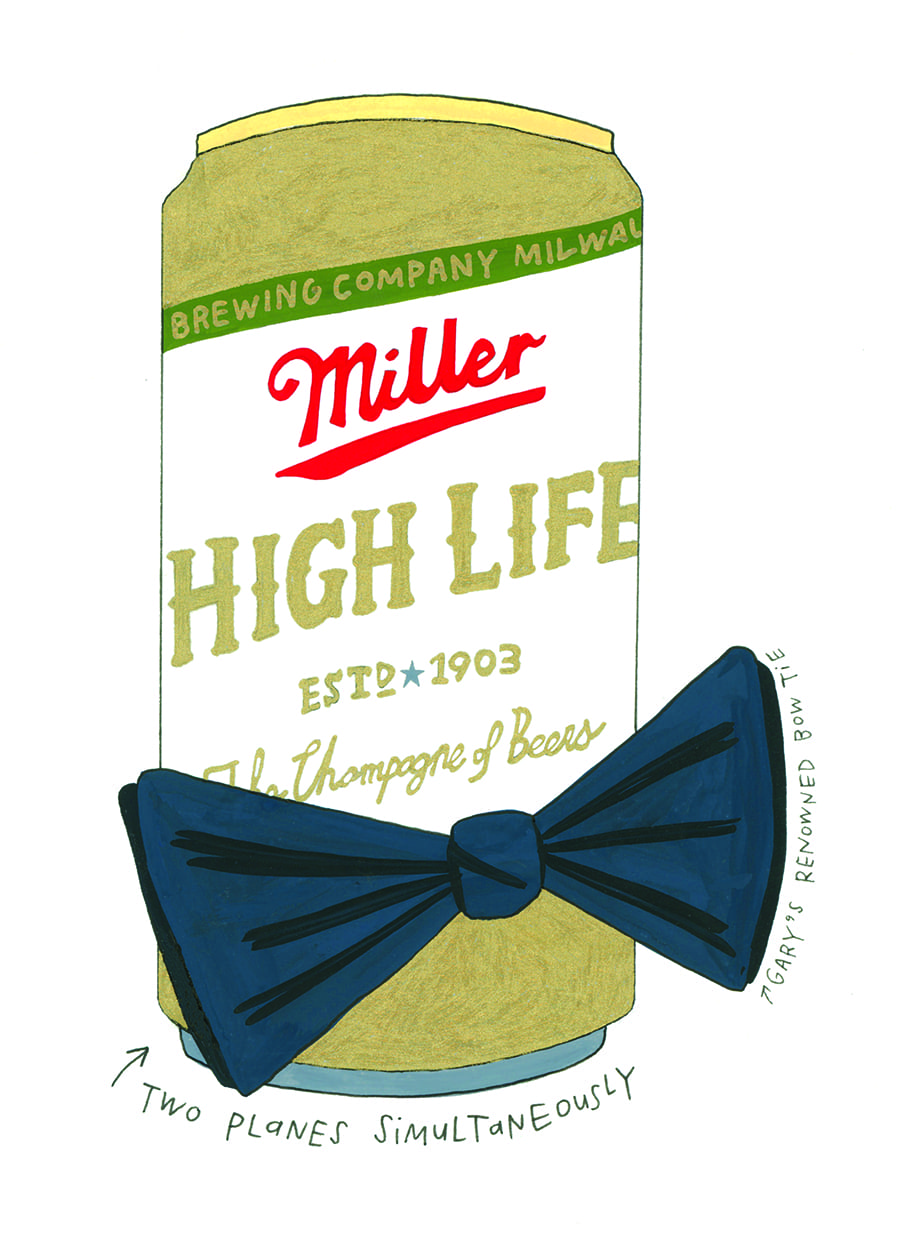
In Gary We Trust by John Currence
There is little more fascinating to me than a person or place that can inhabit two planes simultaneously. Peter Wolf is at one time an arguably forgettable 70s pop phenom (see: My Angel Is A Centerfold) and a master songsmith (see: Tragedy).
Organized religion is on any given Sunday a monotonous group therapy session and also an indispensable survival tool to life on Earth. The Crunkleton, on Franklin Street in Chapel Hill, North Carolina, embodies a similar, if not more fascinating, duality.
The Crunkleton, nuzzled into the less-offensive end of Franklin Street (the one not crowded with the scourge of corporate chains) in a row of otherwise nondescript one- and two-story brick retail fronts, is a no-holds-barred whiskey bar. The selection of spirits is as impressive as you will find anywhere.
Cocktail service, nattily-dressed bartenders, the masculine heft of the Missionstyle appointments, and the fact that the Crunkleton operates as a membership-only club (which costs all of five bucks to join, but no one is checking) all suggest a room of pensive maturity. But with a single gust of wind and the blink of an eye, the Crunkleton can also become a “High Life and a shot of Beam” frat house annex, busting at the seams with loud, slurring coeds.
Gary Crunkleton, the Coke bottle bottom-bespectacled proprietor, is precisely what keeps college students from completely tipping the balance in favor of a runaway kiddie beer hall.
His formidable presence, while nothing short of affable, has the air of the junior high football coach who would run you into the ground if you stepped even slightly out of line.
He is a guy you want to remember your name and your drink. He can talk to you about anything on a deeply engaging level. He is entirely aware of everything going on in the room at any moment and definitely the guy you would want on your side should unpleasantries break out.
Gary Crunkleton is what every barkeep should aspire to be. I didn’t used to consider bars with these grand philosophical brush strokes. In my younger days, good air conditioning, cold beer, a decent jukebox, and a lack of “scene” was about all it took to win me over. To be fair, those things still hold true.
I like a quiet little place where you likely find an interesting conversation and proprietors that don’t put up with bullshit, but I spend less time inhabiting those places and now view them from a higher altitude.
This doesn’t mean that I judge them more harshly, rather I look at them through a different lens—one that does not filter liquor selection, cost, or bartender comportment as much as spirit and soul. Because my moments perched on a barstool are more limited, I hunt out watering holes that tell a story, welcome a diverse clientele, and that exist for the right reason: They stand for something.
The Crunkleton does precisely that. Gary quietly gives the college set the opportunity to learn to drink like grown-ups. Savvily, he keeps a stock of low-brow lager; local IPAs and black label Jack Daniel’s occupy the same space as the 25-year-old Macallan.
So, while neat whiskey appreciation is not required for membership, Crunkleton suggests the opportunity while gladly dispensing the alternative. This is not to suggest that this is the mission of the Crunkleton, it is just a serendipitous reality of the bar and the man’s existence. For the young need to learn how to drink—something that doesn’t always come easy to many who hoist themselves onto a barstool
Gary quietly gives the college set the opportunity to learn to drink like grown-ups and enhance their personalities with bourbon and Coke, long island iced teas, or Jägermeister shots. Places like the Crunkleton need to exist, if only to provide the training ground to better citizenry—and if not fulfilling that role, to be the whiskey oasis it is in the middle of an appletini wasteland.
Cheers to you, Gary. You hold a place of high honor. May you continue to indoctrinate the youth of the world with manners and taste. It is truly God’s work, my friend.
The Barflies
Sara Camp Milam
Managing editor of the Southern Foodways Alliance
Base: Oxford, Mississippi
Drink of choice: In the summer, Campari and soda with orange or lemon is a standby. And a sazerac any time of year.
Favorite drinking town: It’s hard to beat NOLA.
Latest book: The Southern Foodways Alliance Guide to Cocktails, with co-author Jerry Slater (The University of Georgia Press, 2017).

Edward Lee
Chef-owner, 610 Magnolia, and MilkWood
Base: Louisville, Kentucky
Drink of choice: Bourbon on ice with a dash of bitters.
Drinking philosophy: Keep it simple and cold.
Latest book: Buttermilk Graffiti: A Chef’s Journey to Discover America’s New Melting-Pot Cuisine (Workman Publishing, 2018).
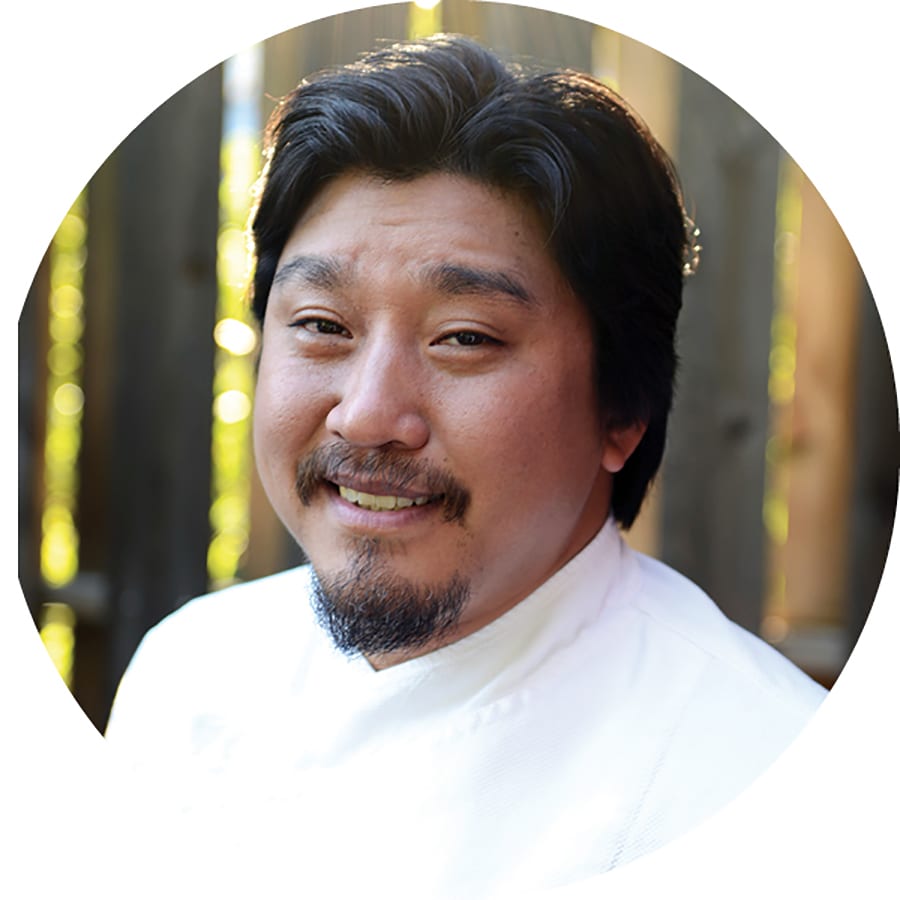
Stacie Stewart
Beverage director, Whiskey Dry, and MilkWood
Base: Louisville, Kentucky
Drink of choice: Gin on the rocks.
Drinking philosophy: Regardless of where you are, you should drink whatever you want, not what anyone expects you to drink.
Favorite drinking town: Chicago.

John Currence
Chef-owner, City Grocery Restaurant Group
Base: Oxford, Mississippi
Drink of choice: W.L. Weller reserve, rocks, lemon twist.
Drinking philosophy: Stand when a lady approaches, remove your hat when being introduced (or finishing a round of golf), buy the first round, and never debate how a check is split. It all works out in the end among friends.

share
trending content
-
Celebrating Community at the Ruston Farmers Market
by TLP's Partners -
How to Make Dirty Grits with Chef Greg Collier | Video
by Maggie Ward -
The Ultimate Maryland Dining Guide | Listen
by TLP Editors -
The Gimlet: Mixing the Ideal Chill Out
by Emily Havener -
Exploring the Gullah Geechee Trail | Listen
More From Dining Out
-
The Ultimate Maryland Dining Guide | Listen
-
The Ultimate Texas Dining Guide 2025 | Listen
-
The Ultimate South Carolina Dining Guide | Listen
-
The Ultimate Washington DC Dining Guide | Listen
-
The Ultimate Louisiana Dining Guide | Listen
